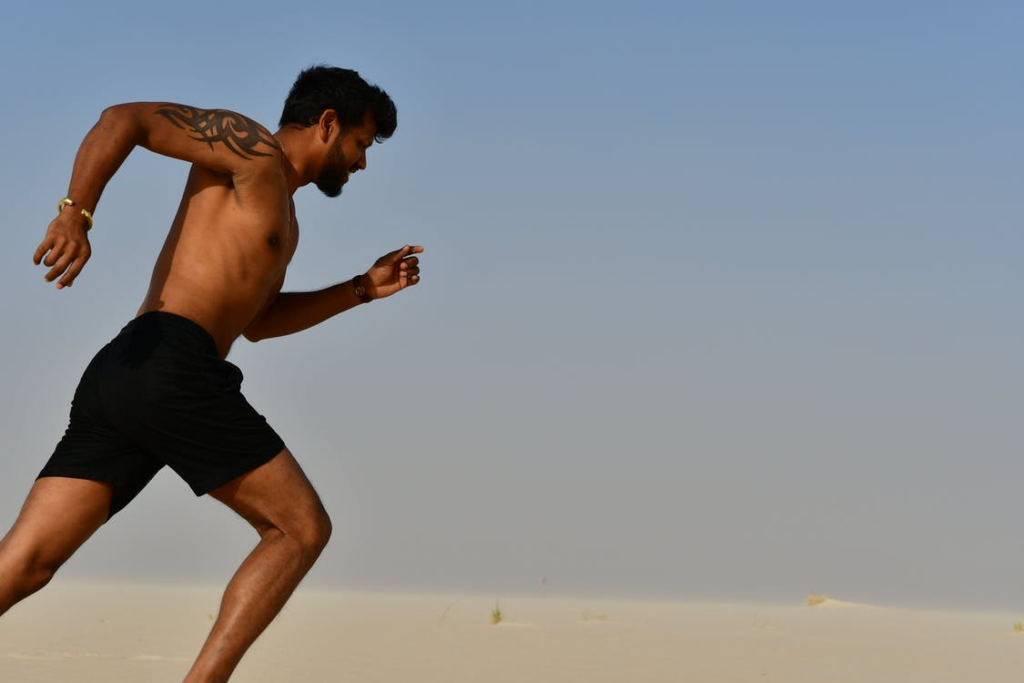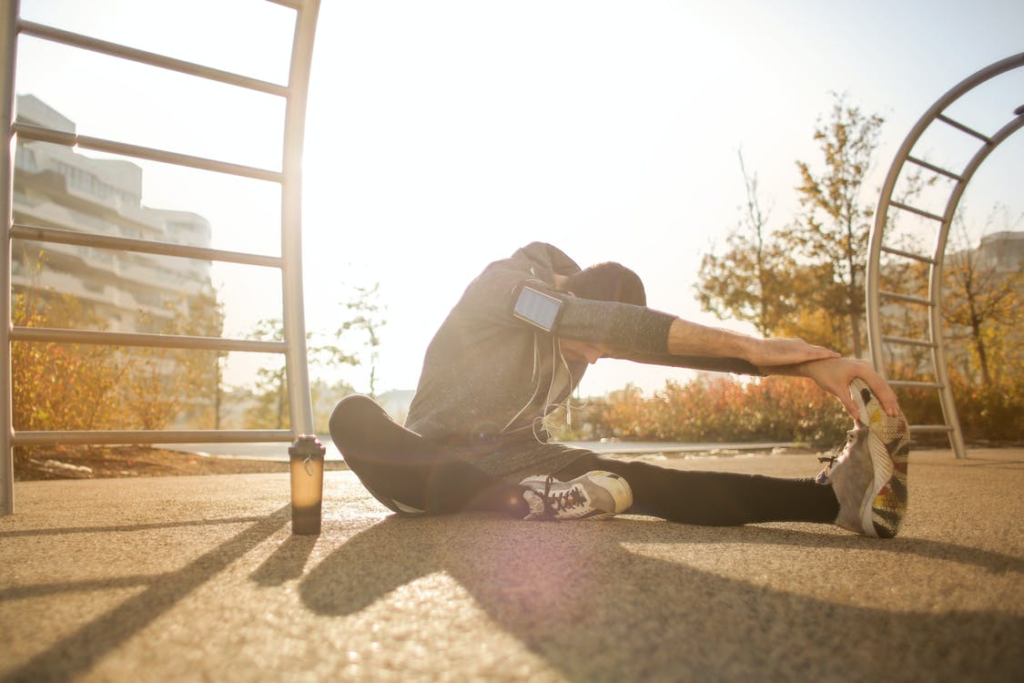15% percent of the US population uses running and jogging as their preferred form of exercise. One of the most widely known marathons, the Boston Marathon, had nearly 25,000 athletes. Consistent running increases a person’s stamina and leads to better cardio health. The better form you have and the more you incorporate it into your routine, the more benefits you’ll see. One way to improve your running routine is to incorporate calisthenics with it.
The Benefits of Calisthenics for Runners
Workout fads come and go but running remains unchanged. It has a simplicity that’s hard to find in other workout routines. The simplicity and benefits are like calisthenics. Combine the two, and you can have the best of both worlds.
1. Improvement in Cardio Health
According to research, you can build cardiovascular endurance through a calisthenics workout. This is because you’re constantly moving due to the exercises. It’ll keep your heart rate elevated to strengthen your muscles and heart.
Similarly, a study on the impact of running on health showed that runners that maintained their routine over the years say a 30% lower risk of death than non-runners. Combining calisthenics and running can enhance cardiovascular health.
2. Adjustable to Any Running Level
Calisthenics is popular for its ease. You can do it anywhere you want using just your body and without being forced to invest in weights. With calisthenics, the difficulty and complexity level also depends solely on you. Bodyweight strength training is already beneficial for you. It’s even more so for runners.
Read More: 5 Benefits of Bodyweight Strength Training
You’ll have all the freedom with calisthenics and running. Want to warm up, cool down, or want to alternate the two. When it comes to calisthenics and running, it’s solely up to you, and that’s why it can be adjusted with any running level. Too much of something can actually be a good thing, who knew?
3. Improved Sleep
No matter what exercise you start your fitness journey with, you’d have heard the importance of a good diet. Did you know that sleep is just as vital? Especially if you want muscle growth.
Fitness coaches and experts will tell you that you need more sleep when you’re recovering after a strenuous exercise like running. Sleeping leads to a rise in a sleep-based hormone called melatonin. This hormone aids in the reproduction of cells needed for muscle growth.
Exercises like those in calisthenics can foster good sleeping habits. A night of better sleep will help you be more active when running and have higher dopamine levels.

4. Improved Upper Body & Leg Muscles
Skipping leg day is tempting, and many people give in to that temptation. Moreover, some exercises just don’t focus the same on building the leg muscles. High-endurance runners usually develop weaker upper bodies while swimmers have better upper bodies and thinner legs. Bodybuilders can look massive but might be rigid.
Runners have better legs but weak upper bodies, which affects their functional strength. To strengthen both leg and body muscles, do some calisthenics exercises before your regular run.
5. Creativity and Variety
Sometimes we need something in our routine that we can shut off our minds and do. But not every time, and fitness is one of them. Doing the same exercise every day can bore you, and you’ll lose your enthusiasm for running. Plus, there are only so many variations you can add to it.
Calisthenics allows you to have some creativity and variety in your workout. You won’t be doing the same thing again and again. There are several calisthenics exercises you can pick and drop or just alternate between. You can benefit from bodyweight exercise and maintain your love for running while you’re at it.
The Best Calisthenics Exercises for Runners
We’ve already established there’s a variety of calisthenics exercises, and you can have your pick from them. But some are better for runners.
1. Squats
Squats can strengthen muscles important to being a good runner, like the hamstrings, glutes, and hips. These muscles power your stride, so incorporate some squats into your routine.
2. Bridges
If you want to run effectively, you’ll need strong glutes. Bridges activate and strengthen the glutes as well as engage the core. If you feel pain in your back and knees after running, it might be because of weak glutes.
3. Jump Lunges
Plyometric exercises are necessary if you want to add resistance to your training. High-velocity exercises like jump lunges will repeatedly force your muscles to contract and lengthen them. According to physicians, it’s the best functional strength training for runners.

4. Planks
Planks are the most efficient core exercise because it works your upper, lower, and midsections. Planks build body strength and strengthen your core that, as a runner, can help you be faster and prevent injuries by maintaining the proper form.
5. Tricep Dips
You need strong legs to run, which is why many people forget to train other muscles. Arms play an important role in stride, especially when you get tired. Tricep dips in calisthenics can help gain arm strength.
Run Better with Advice from Calisthenics Coach and Entrepreneur Jean Fallacara
Calisthenics is a beneficial exercise for building muscles and increasing your body’s flexibility and durability. If you’re a runner, you’ll also benefit from it. Now you can even take running a step further with Jean Fallacara’s Neuroscience calisthenics training.
If you’re interested in learning more tips on how to train like a cyborg with lean muscles, you can follow serial entrepreneur and biohacking expert Jean Fallacara.
Reach out to us for more details on neuroscience calisthenics strength training to build muscles and improve your endurance!
